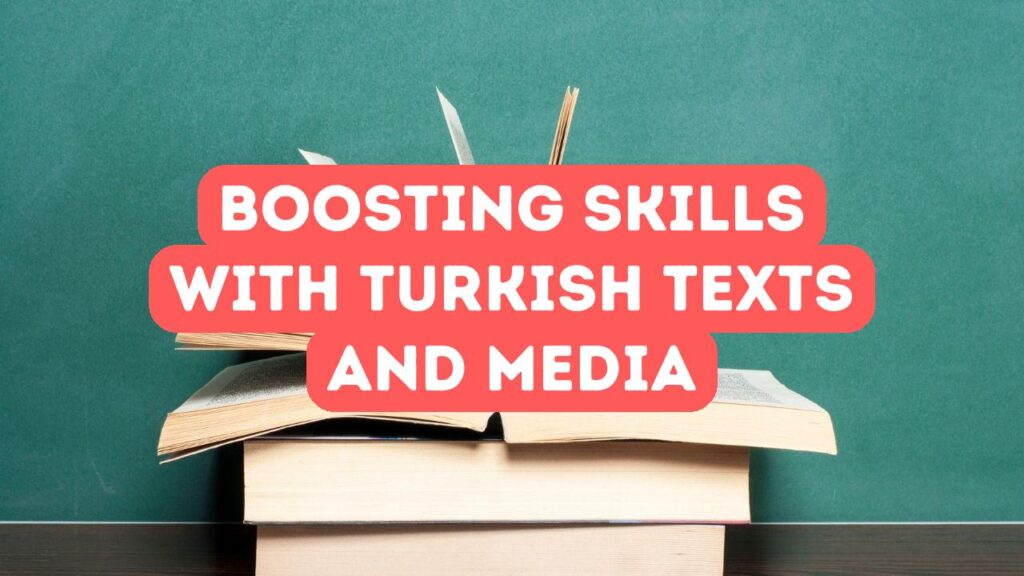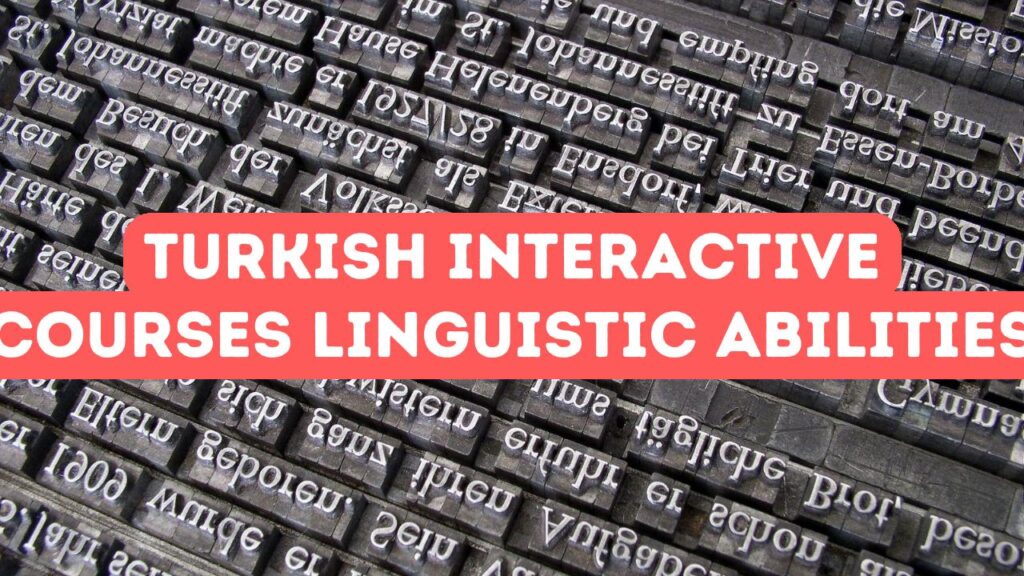Exploring the Intricacies of Turkish Communication Etiquette
In the labyrinth of Turkish communication etiquette, a foundational aspect lies in the use of honorifics and formal speech when addressing others, particularly those senior in age or status. The Turkish language is equipped with different levels of formality, with the choice of words and constructs such as the use of -li or -lu suffixes to denote respect. This linguistic formality extends beyond mere words to encompass a choreography of body language and gestures, such as the slight bow accompanied by a hand-over-heart salute, especially when greeting elders. The concept of kültürlü — being cultured — is deeply engrained, instructing Turks to navigate social situations with a blend of grace, subtlety, and decorum. Missteps in this delicate dance of language and gesture, although often met with forgiveness and understanding by locals, can nonetheless result in a faux pas that highlights the visitor’s unfamiliarity with the intricacies of Turkish social communication.
The emphasis on indirect communication within Turkish culture further illustrates respect and considerateness, where overt directness might be construed as rudeness or insensitivity. It is common to use mitigating language or euphemisms to soften requests or decline invitations, ensuring harmony and avoiding offense. Inquiring about one’s health or family at the outset of a conversation is not mere small talk; it reflects genuine concern and establishes a personal connection, a practice ingrained in the societal expectation of warmth and hospitality. This social choreography extends to the art of complimenting, where admiration is expected to be deflected out of modesty, preserving a sense of humility. Understanding these subtleties prevents foreigners from inadvertently pressuring their Turkish counterparts for direct affirmations or answers that might disrupt the preferred equilibrium of interpersonal interactions.
Navigating conversational nuances becomes particularly salient when engaging in the art of bargaining, a ritual deeply embedded in Turkish market culture. Unlike the rigid price tags of Western commerce, Turkish souks thrive on a dynamic exchange where language dances between firmness and persuasion, haggling not only being accepted but expected. For a foreigner, this may feel confrontational, yet it remains a game, one played with smiles and jests, where sellers share stories and tea, transforming transactions into social experiences. Mastery of this subtle interplay between firm negotiation and personal connection can lead to not only favorable deals but also a deeper immersion into the communal spirit that typifies Turkish markets. Such an understanding of the Turkish way of commerce encapsulates the essence of language as a cultural conduit — a means through which mutual respect is affirmed, relationships are fostered, and the distinctive charm of Turkish societal interaction is most vibrantly experienced.
Language as a Pillar of Turkish Social Interactions
In the crucible of Turkish social interactions, language emerges as the pillar upholding interpersonal rapport and deference. The fluid use of formal and informal speech registers, demarcated by the use of ‘siz’ for formal or polite address, and ‘sen’ for informal or intimate communication, reveals the speaker’s awareness of social hierarchy and the level of familiarity between participants. Titles and honorifics are paramount—subtly encapsulating the cultural weight of status, age, and professional standing—and are almost always incorporated into greetings and introductions. This linguistic choreography, a dance of words and titles, signifies more than just respect; it reinforces societal roles and boundaries, creating a spectrum of interaction that must be meticulously navigated to maintain harmony and social cohesion within the fabric of Turkish society.
Equally important is the concept of kibarlık or politeness, which permeates Turkish social interactions. Mastering this approach means understanding not just the vocabulary but the context in which to deploy it. The Turkish language enables subtle nuances in politeness through verbs and sentence structures that can elevate a simple statement into an elegant expression of courtesy. This linguistic politesse extends beyond mere words to encompass non-verbal cues as well, where gestures and body language complement the spoken language, filling conversations with layers of meaning. An adept speaker will gauge the mood and expectations through tone of voice, volume, and even the timing of their utterances, often punctuating dialogue with thoughtful pauses or affirming nods, thus engaging in a ballet of social discourse that embodies the culture’s high regard for respect and attentiveness.
In the realm of Turkish hospitality, language finds its most heartfelt expression. The idiomatic use of expressions like “hoş geldiniz” (welcome) and “afiyet olsun” (may it be good for your health, said before or after meals) reveals an ingrained tradition of warmth and inclusion. In every invitation extended, whether to share a meal or a cup of the emblematic Turkish tea, language carries with it the spirit of generosity and community. This is not just about offering food or drink, but a verbal and non-verbal symphony that acknowledges the guest’s presence and affirms their importance. To fully comprehend the intricacies of Turkish culture, one must grasp that every spoken word and silence, every gesture of offering and acceptance, is steeped in centuries of tradition, conveying messages of solidarity and mutual regard that are the cornerstones of social life in Turkey.
Decoding the Unspoken Rules of Turkish Culture through Language
In the mosaic of Turkish culture, the unspoken rules of language reveal a silent code of conduct to which every social interaction conforms. To decode these rules is to understand the subtleties of hierarchical respect, where honorifics and certain turns of phrase pay homage to age, status, and social standing. From the cheerful ‘kolay gelsin’ – wishing someone an easy time on their task – to the respectful address of ‘abi’ for an older brother or ‘hanım’ for a woman, Turkish language carries layers of significance beyond mere vocabulary. These linguistic markers serve as guideposts, informing speakers and listeners alike of the boundaries and connections within the intricate tapestry of Turkish society. The judicious use of formal and informal speech forms intricately with gestures and body language, crafting conversations that not only exchange words but also reaffirm social bonds and mutual respect.
Turkish hospitality, renowned for its warmth and sincerity, is both a behavioral and linguistic art form, exhibited through phrases like ‘hoş geldiniz’ to welcome guests, implying that their arrival is a source of happiness. The response ‘hoş bulduk,’ acknowledges this sentiment, symbolizing the guest’s appreciation of the welcome. Politeness is paramount, and the language reflects this through an extensive use of softening particles such as ‘-miş’, indirect requests, and a preference for the use of the imperative in a tentative form to avoid coming across as demanding or impolite. There’s also a strong emphasis on group harmony and avoiding confrontation, which is why Turks often employ euphemisms, use humor, or remain silent in situations where direct communication could cause discomfort or offense. Understanding these subtleties allows one to navigate social situations with grace, ensuring that the undercurrent of politeness in the Turkish language is maintained, thereby strengthening communal ties and maintaining the balance of hospitable interaction.
Equally as telling as the words uttered are those that remain unspoken in the nuanced dance of Turkish communication. The high-context nature of Turkish culture means that non-verbal cues often carry as much weight as the spoken word. A pause, an averted gaze, or a subtle gesture can communicate volumes, serving as a polite refusal or a sign of agreement without the need for direct affirmation. This reliance on implied understanding requires an attentive and sensitive approach to conversation, where reading the air becomes as crucial as listening. In the fluid interplay of words and silence, one discovers the depth of Turkish cultural norms, where the implicit messages conveyed through language shape the ebb and flow of social discourse, preserving harmony and conveying mutual respect. Understanding these unvoiced conventions is key to fully appreciating the complexity of Turkish social interactions and fostering meaningful connections within the rich tapestry of its culture.







